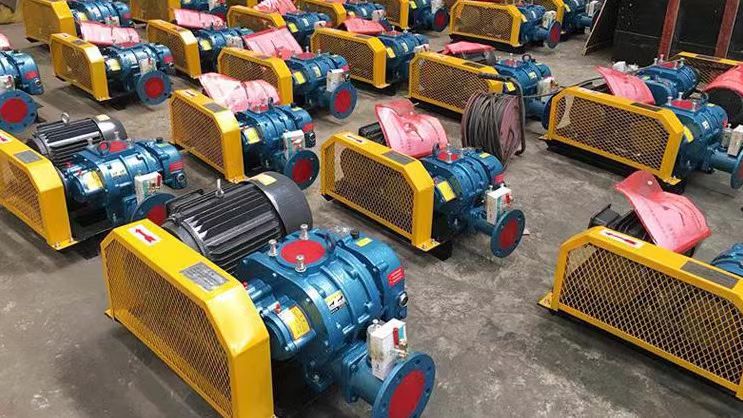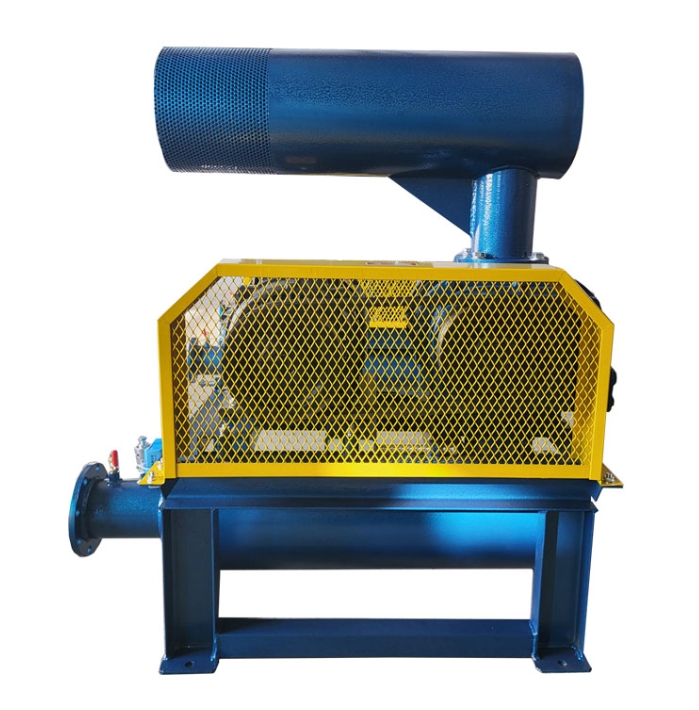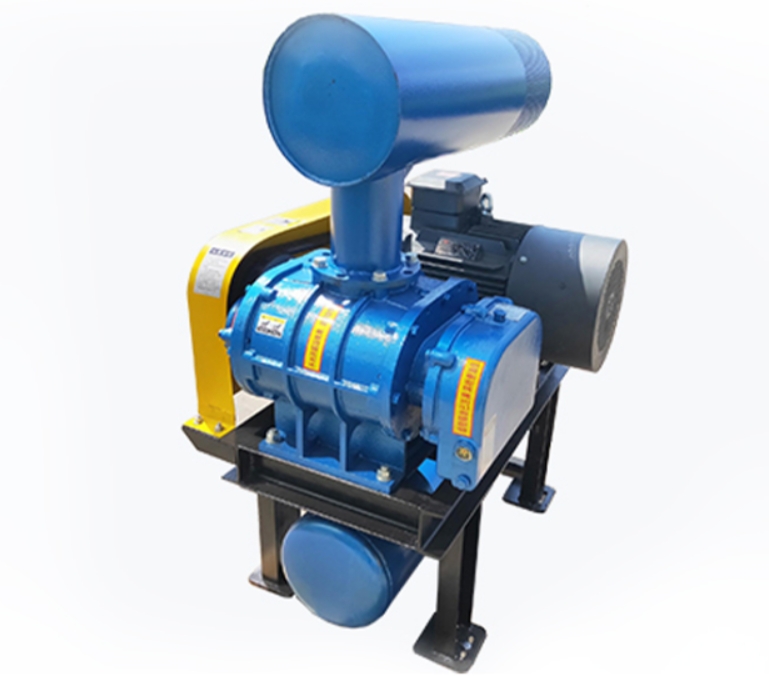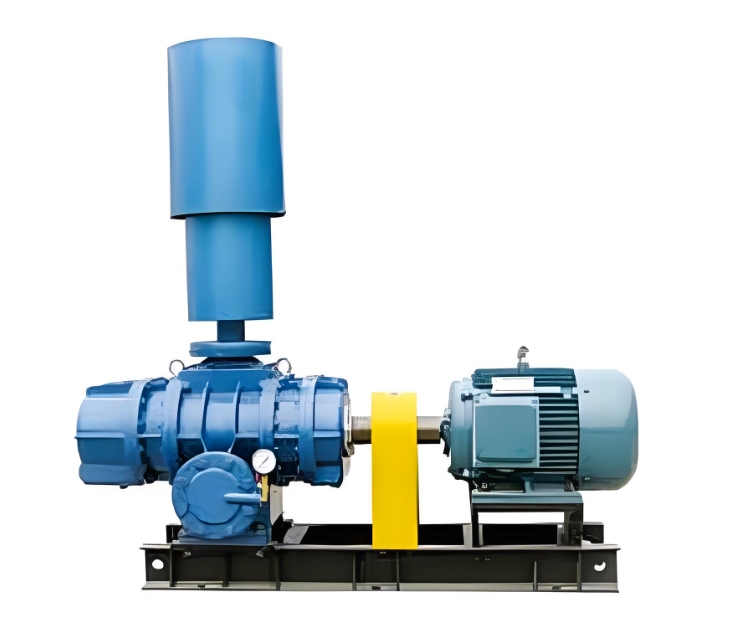The operating direction of Roots blower is a key parameter that directly affects the performance and efficiency of the blower. The following is a detailed answer about the direction of operation of Roots blower:

1、 Definition of operating direction
The operating direction of Roots blower usually refers to the rotation direction of the active shaft (usually directly connected to the motor). On the fan, the rotation direction of the active shaft is usually clearly marked, such as "→" indicating the rotation direction.
2、 Determination of operating direction
1. Viewing the label: The most direct method is to check the label on the fan, usually indicating the rotation direction in a prominent position.
2. Observing the impeller: If the fan casing is transparent or can be opened for observation, it can be determined by observing the direction of rotation of the impeller. The design of the impeller allows it to only rotate in a specific direction to generate positive pressure.
3. Reference manual: The operating direction of the fan is usually clearly stated in the user manual or technical manual.
3、 The Importance of Operation Direction
1. Performance impact: The correct operating direction is the key to ensuring the performance of the fan. If the direction of operation is incorrect, the fan may not be able to generate sufficient pressure or flow, and may even be damaged.
2. Consideration: Incorrect operating direction may cause the fan to overheat, vibrate excessively, or produce abnormal noise, thereby posing a hidden danger.
4、 Adjustment of operating direction
1. Motor wiring: The direction of operation of the Roots blower can be changed by adjusting the wiring of the motor. Usually, exchanging the power lines of any two phases of the motor can change the direction of rotation.
2. Professional guidance: When adjusting the direction of operation, it is recommended to follow the guidance of the fan manufacturer or consult professionals to ensure correct operation.
5、 Precautions
1. Shutdown adjustment: Before adjusting the direction of operation, make sure that the fan has stopped and the power is cut off.
2. Protection: During the adjustment process, appropriate protective equipment such as gloves, goggles, etc. should be worn to prevent accidental injury.
3. Test verification: After the adjustment is completed, a test verification should be conducted to ensure that the fan operates in the correct direction and performs normally.





